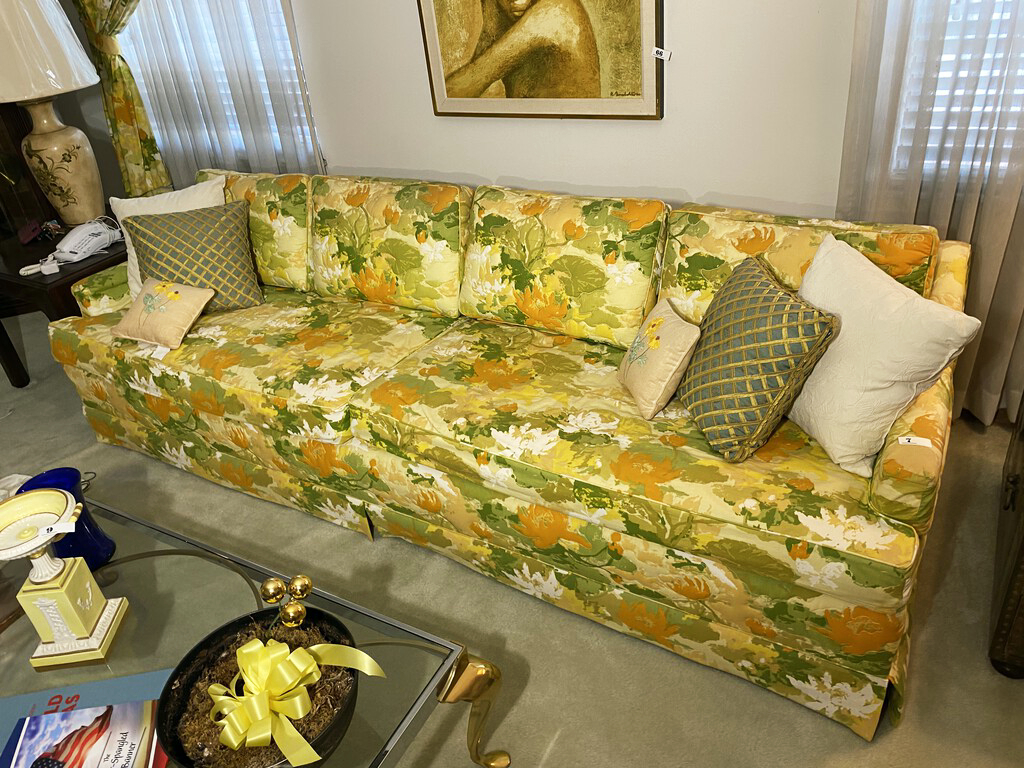People often ask us variations on the same question: What’s hot these days? What’s selling well? What isn’t? We’re happy to share, and to help you understand how we keep up to date on the value of items we might find in our next estate project.

Tracking trends in value is an important part of our job in auction services. Items are always coming into vogue, which means they get more desirable to bidders and and, thus, more valuable. Meanwhile, other types of items are losing steam, and starting to drop in price. This affects the value of any given estate, of course, but it also affects our clients’ expectations – and that’s why we keep such a close eye on the trends.
Because expectations tend to lag trends, families often see items in an estate that they think will fetch a high price, only to learn that that they’re only of modest value. Conversely, they may identify as junk items that have become quite valuable in recent years – even if, once upon a time, they were, in fact, junk!
At Burns Auction, we’ve always made a point of keeping our ear to the ground for changes in the value of different types of items. For example: